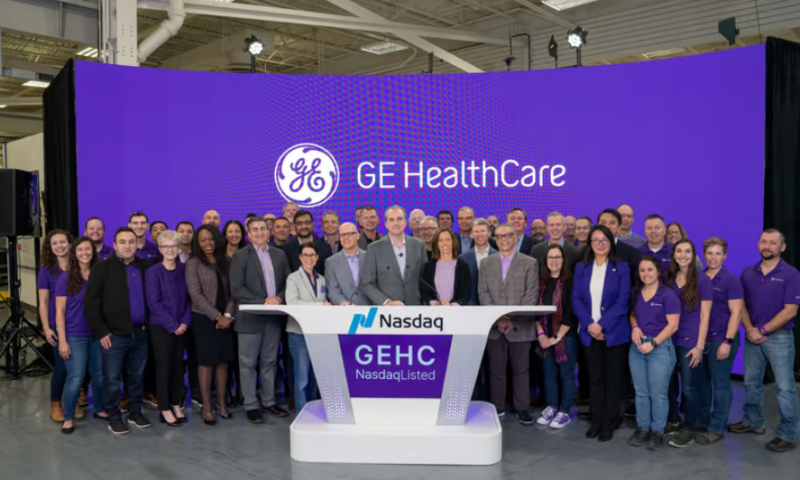GE HealthCare has boosted its financial outlook for the remainder of the year—as hospitals have once again begun investing in imaging hardware and services, as well as technologies that aim to help ease the strain of ongoing labor shortages—and has its sights set on new horizons driven by Alzheimer’s disease research.
The company reported that product orders increased 6% during the second quarter of this year, adding to a backlog that now tops $18.4 billion—while a faster-flowing supply chain has also allowed GE HealthCare to fulfill more of those requests, as patients continue to return to clinics for elective procedures.
After previously estimating sales growth between 5% to 7% for the full year of 2023, GE HealthCare raised its range by a percentage point, to between 6% and 8%; 2022’s revenue growth, meanwhile, had landed right in the middle at 7%.
The company said it expects to see gains in particular from its imaging and ultrasound sales, including systems equipped with AI programs, with a broader seasonal uptick in fourth-quarter sales amid a rise in procedure volume. It also plans to continue cutting certain offerings in the portfolio to focus on selling higher-margin products.
And on an earnings call with investors, GE HealthCare’s leadership also took the time to highlight the company’s portfolio as it relates to diagnosing and monitoring Alzheimer’s disease—something that CEO Peter Arduini described as a “profound growth opportunity” over the longer-term, amid more recent advancements in therapies for the neurodegenerative condition.
Its offerings include MRI and PET/CT scans, as well as injectable tracers that are used in early assessments of the brain and keeping tabs on potential side effects during treatment—in addition to tracking any reductions in beta amyloid plaque over time.
The company joins a host of diagnostic players who’ve recently reminded the public of their work in Alzheimer’s, following the landmark full approval from the FDA earlier this month for Biogen and Eisai’s Leqembi therapy.
At the same time, the Centers for Medicare and Medicaid Services has recently proposed broadening coverage of PET scans for evaluating the density of beta amyloid deposits. CMS reimbursements have previously been restricted nationwide to one brain scan per patient—that is, just once during their lifetime—and only if they have been enrolled in an Alzheimer’s clinical trial.
“We’re just living in a really fantastic window of time here, where different therapies are coming up that are going to change patients’ lives,” Arduini said on the investor call. “With some early indications that earlier patients may have better improvement—that gives us pretty strong confidence that these are going to be impactful.”
“On the size of the opportunity, I think it’s a little too early to say,” he added. “I think it’s not a huge opportunity in 2023, but if you look over ‘24, ‘25, ‘26—pending on the uptake of the drugs, which is going to be heavily tied to companion diagnostic reimbursements, therapy diagnostics and follow-on drugs—we believe that this is a pretty profound growth opportunity across the space.”
“Time will tell how this ultimately plays out … but we are really the only company that touches all of these areas: MRI, PET/MR, PET/CT and radiopharmaceutical tracers.”
For the second quarter of this year, the company reported $4.8 billion in revenues, for a 7% increase compared to the same period in 2022, or 9% growth when accounting for foreign currency exchanges. Net income, however, dropped to $418 million versus $485 million for last year—with margins shrinking in the face of inflation, despite gains in volume.
Imaging brought in $2.6 billion of the quarterly haul, while GE HealthCare’s ultrasound division accounted for $839 million, for 7% and 1% gains, respectively. Patient care solutions, including hospital monitoring, respiratory care and digital solutions, totaled $770 million for an 8% increase—while pharmaceutical diagnostics, such as radioactive tracers and IV contrast sales, grew 19% to $568 million.

